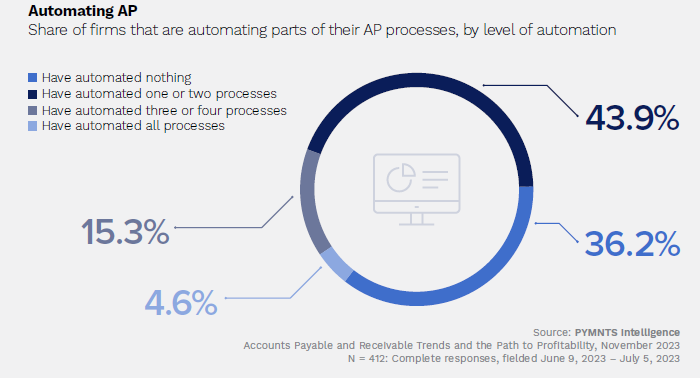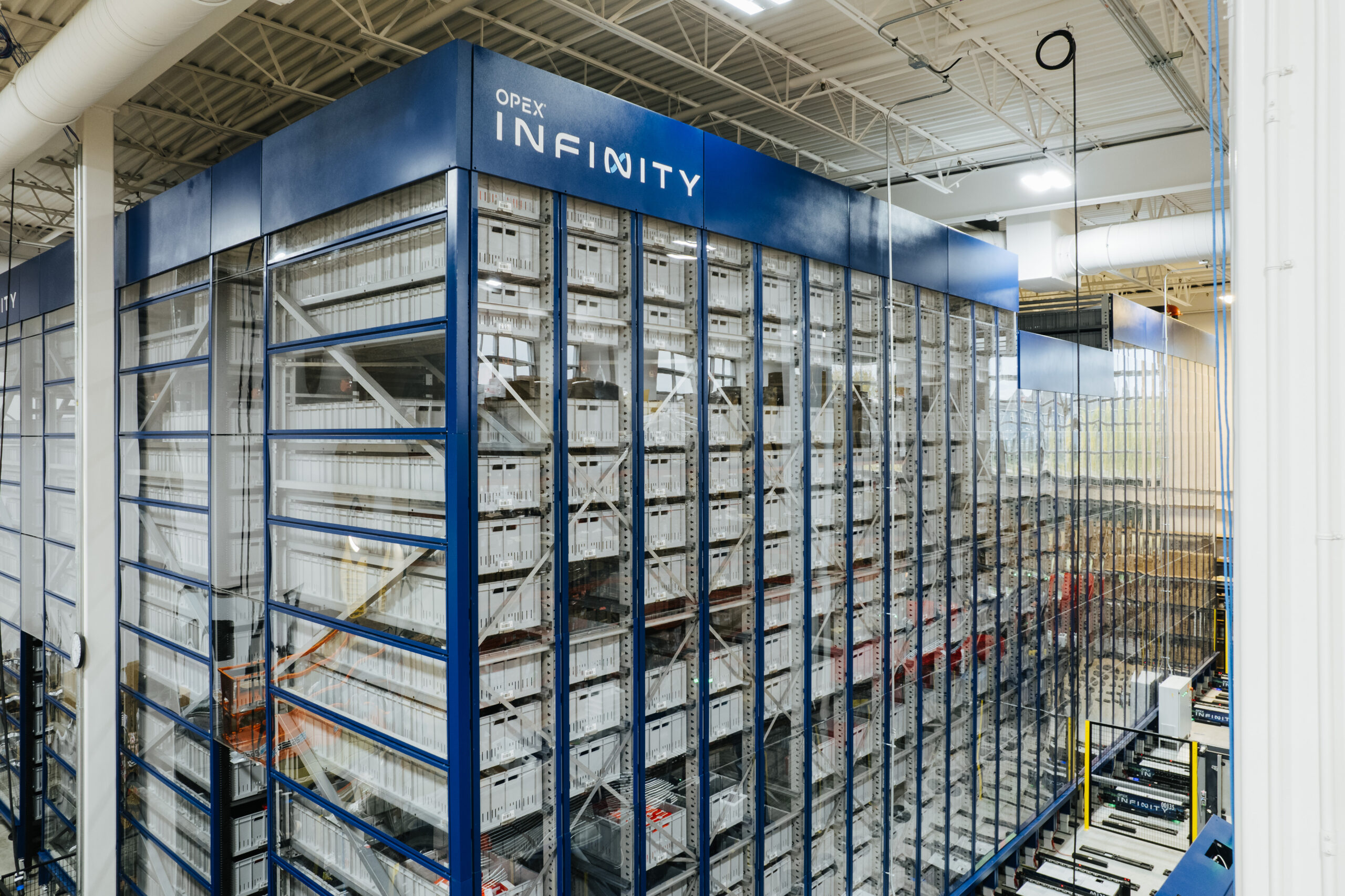Have you ever had pizza delivered to you by robot? That’s what some Domino’s customers have experienced in select areas. Instead of a human showing up at the door, an automated self-driving vehicle shows up and sends an alert that their pizza has arrived. The customer then enters a code on the robot and moments later can be chowing down.
Or perhaps you have heard of Steve the security guard robot on the campus of Georgetown University. He’s become a well-known fixture of the campus, even stopping to take selfies with students.
Even if you haven’t had these experiences, you have probably benefited from automation in one form or another. If you have used GPS to get somewhere this week or even asked your phone to send a text for you while you keep your hands on the wheel, automation has made your life easier – and safer.
As the workplace becomes more automated, we will have to evolve in our relationship with technology. In particular, the advancements in AI mean we all must think about how we relate to machines not just as tools, but as coworkers. This requires an adventurous and open mind as we consider how machines fit into long-term strategy. Often the best approach is to ask, “How can automation make our workers’ lives easier? How can it allow our human workers to be more creative and productive?”
While some decry automation as a job-killer, the reality is that automation is helping us reshape the future by making the workplace more human, not less. This may sound contradictory, but a little closer examination is required.
In manufacturing, for example, it can seem like the addition of automation is taking away jobs from humans. What is really happening, though, is machines are taking over lower skill roles, which then frees up humans to be focused on more creative tasks. Robots don’t care if they do the same thing day-in, day-out. Humans, meanwhile, become more productive when there is meaning and purpose in their work. Automation provides space for this purpose to bloom.
This isn’t really a revolutionary idea either. Humans have always used technology to make their lives easier and their work more productive, from the creation of the wheel to the smart phone in your hand. Every generation of work has had to grapple with similar technological change – and companies can either embrace it to reshape their future or reject it and stay stuck in the past.
As leaders, we especially need to look at how we can use automation to improve the work experience for our people. What aspects of their job create the most stress or are the least productive? Can that part of the job be outsourced to a machine?
Automation is also making the world safer for humans. Remember Steve the security robot? Unlike a human security guard, he doesn’t need to eat or sleep – though I suppose he needs a recharge now and then. This frees up the human security guard to respond more effectively to situations that require human intelligence.
Rather than be afraid of how automation is going to change the workplace, we should be excited about the possibilities it brings to us. Whether we use it to increase the quality of a product, improve the onboarding process for new hires, or free up workers to move into more rewarding roles, technology will be a key player in creating a more human workplace.
Take a hard look at your current systems: What pieces of the work can be outsourced to a machine? What new jobs can be created for humans by doing so? How can technology heighten the work experience for people?










